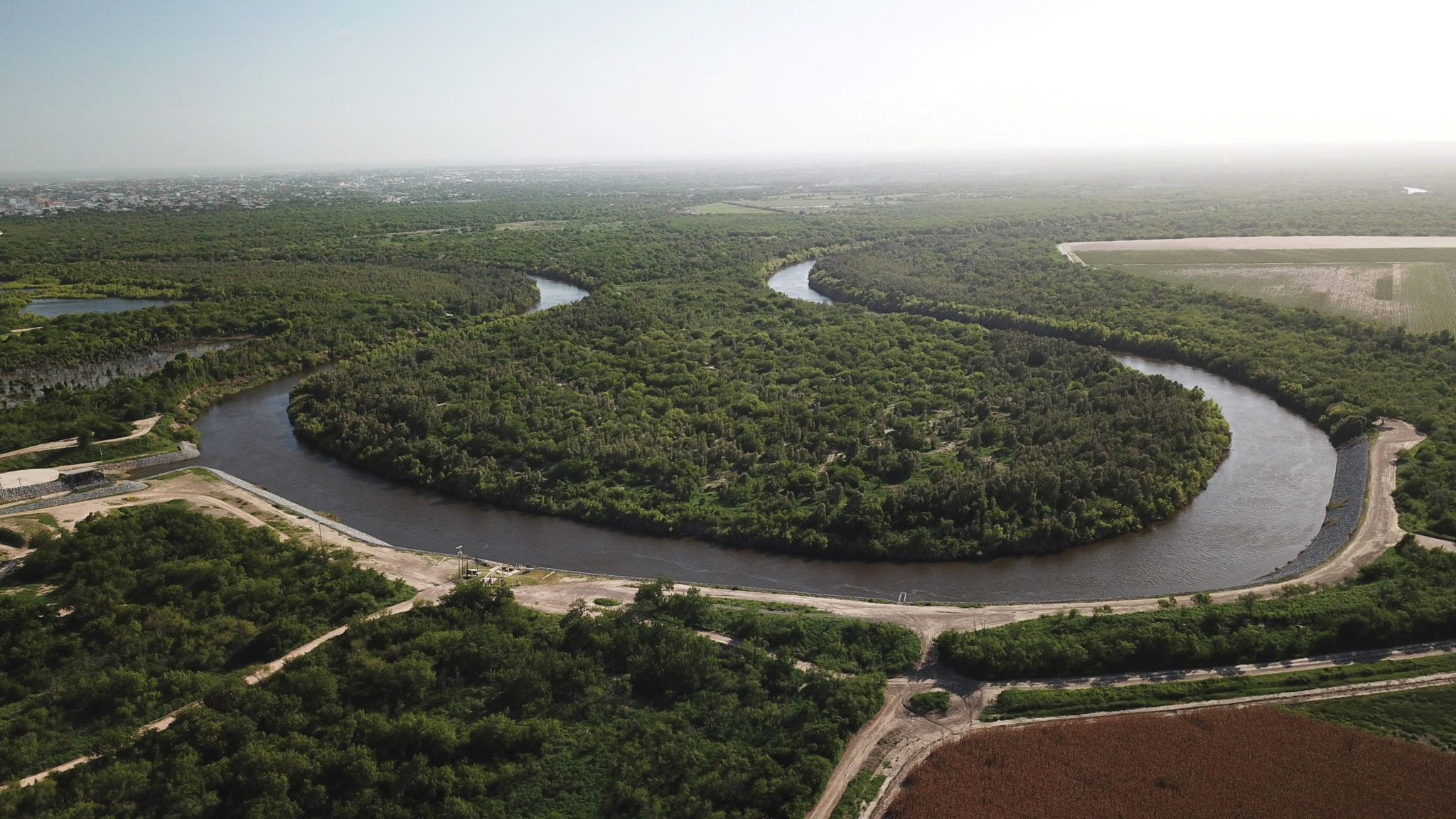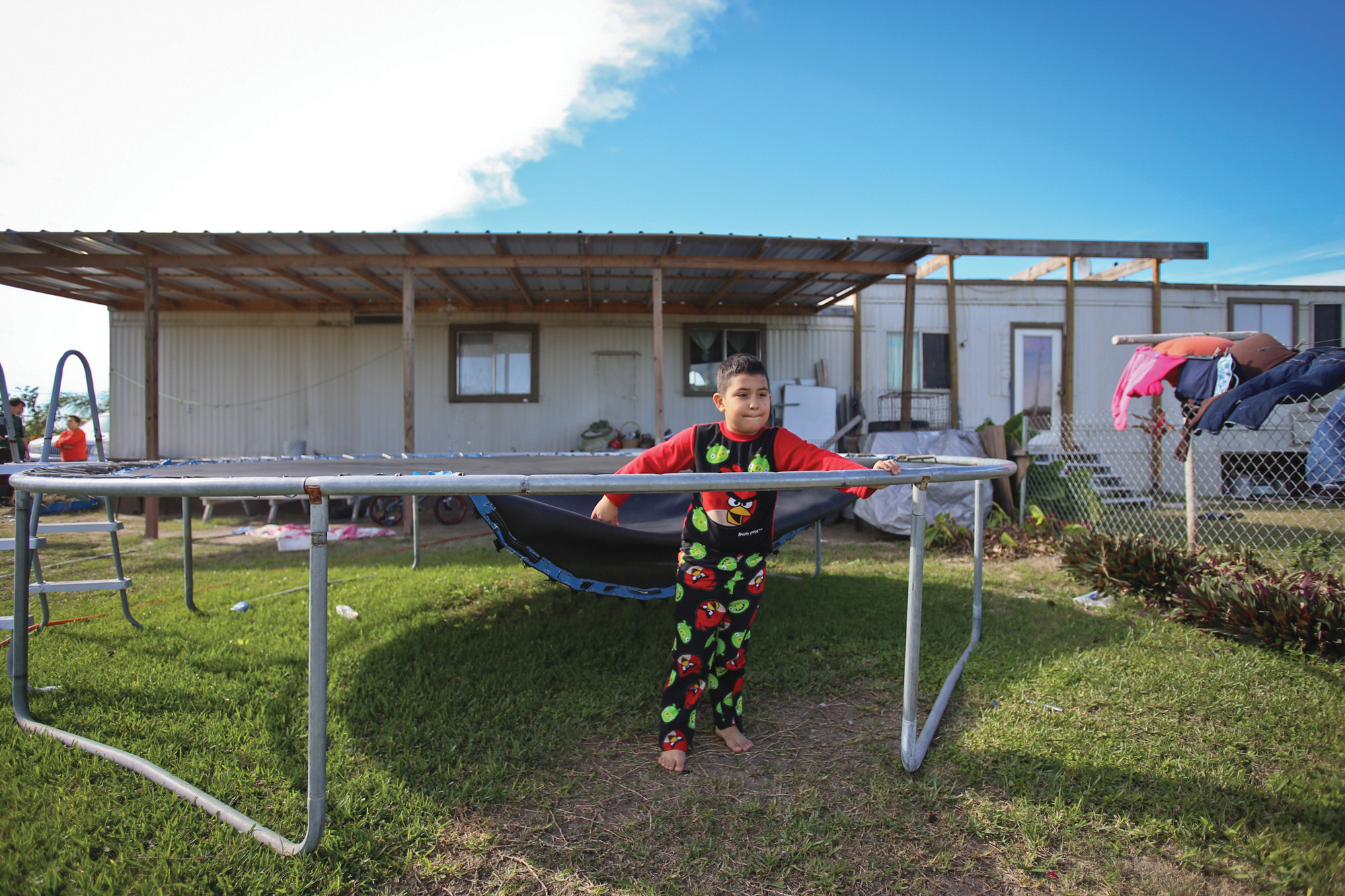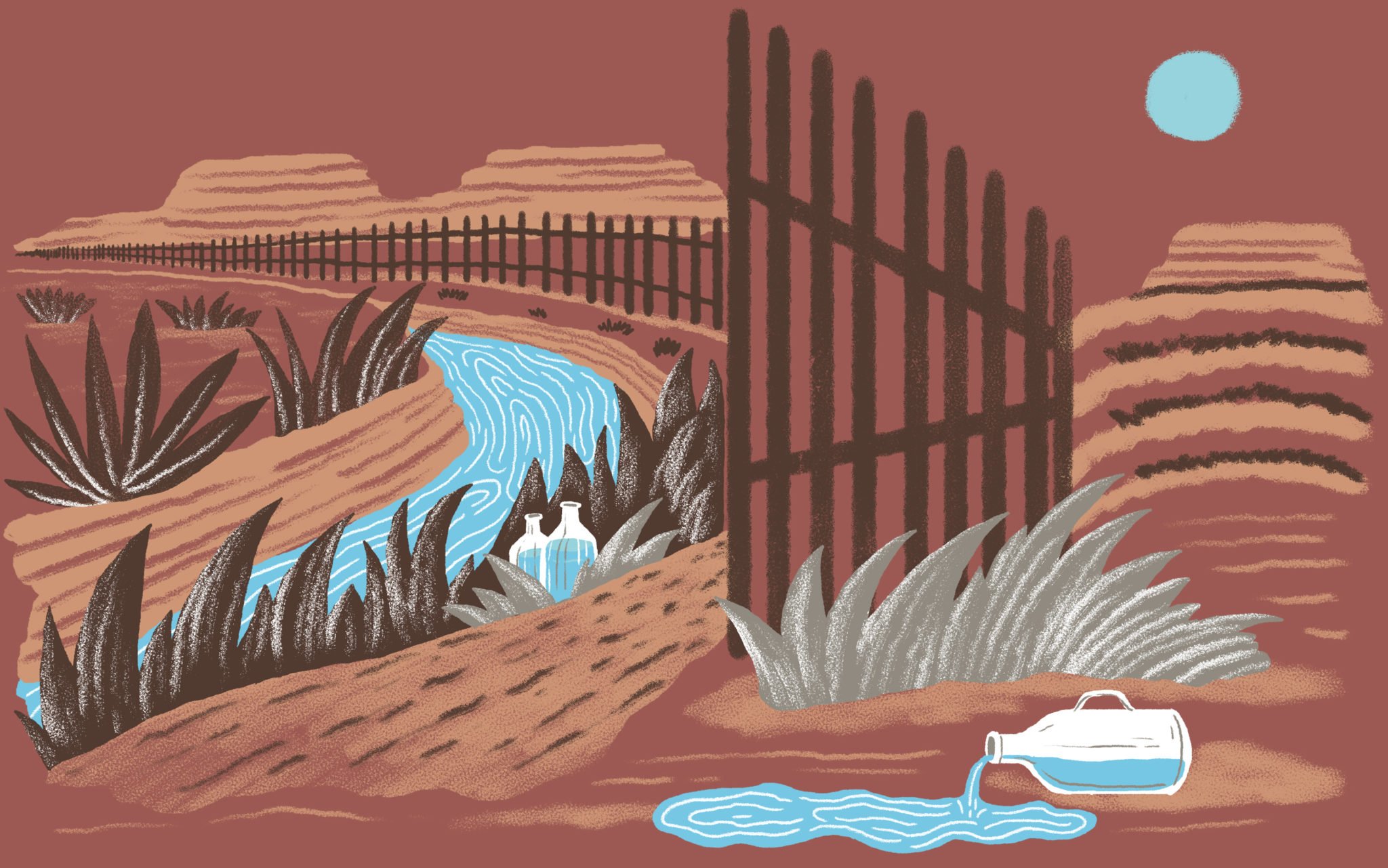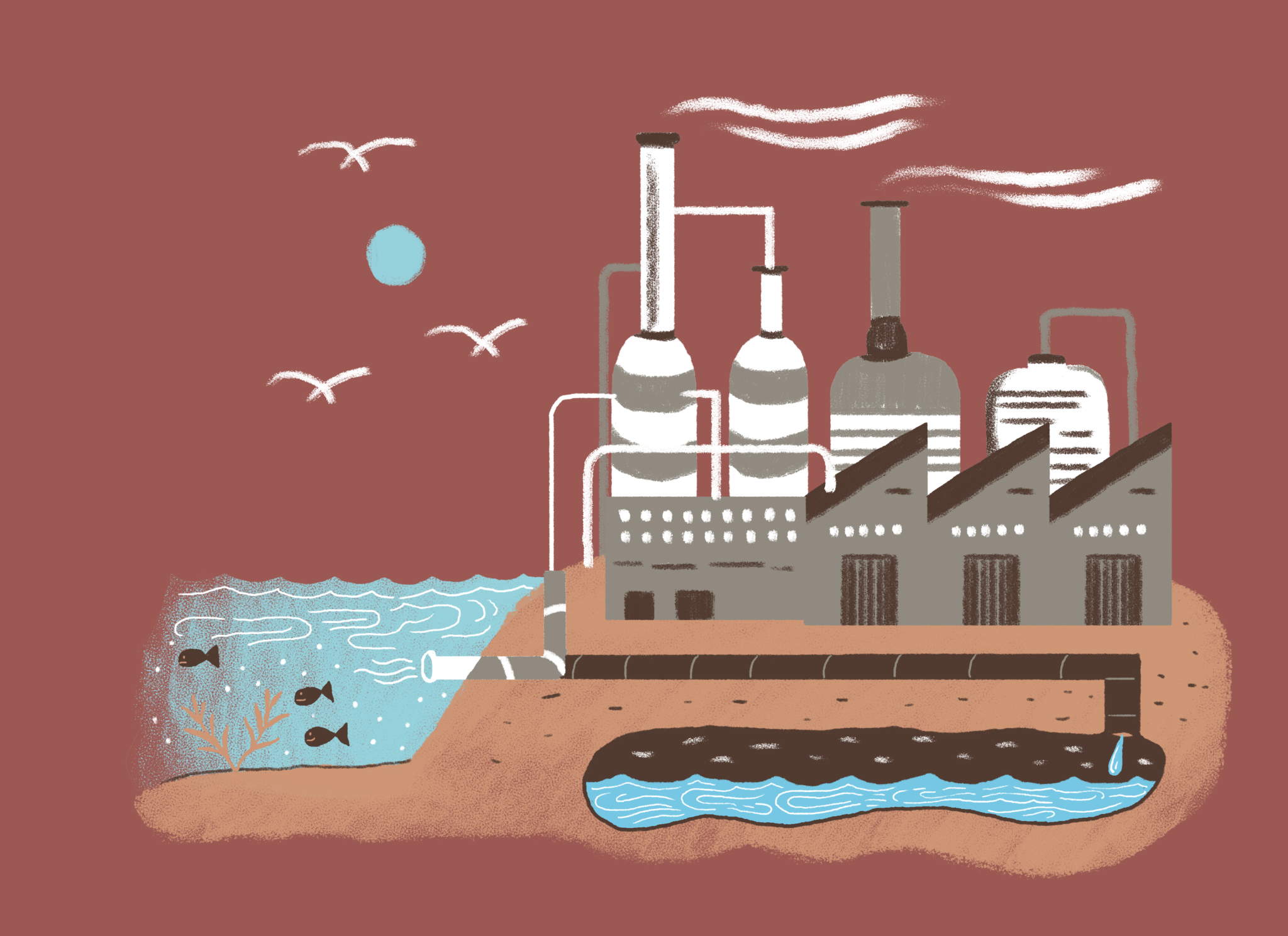
by Zoë Schlanger
August 22, 2018
–
In the recent past, humans thought of freshwater as a constant. Sometimes there was drought, and sometimes there was flood, but water levels always returned to normal eventually. So we built dams and reservoirs, hulking infrastructure we imagined as a bulwark against the pains of any short-term variation, on the assumption that the dry times would end and the basins would refill.
But these gigantic objects are becoming dinosaurs in a new climactic age, characterized by growing human demand for freshwater and worsening, lengthening droughts. As Michael Hightower, a research professor of civil engineering at the University of New Mexico, puts it: “You don’t see people building new reservoirs, because they know there’s not going to be water to put in those reservoirs.”
That means water engineers need to radically rethink the traditional approach to water infrastructure. They will need to get creative. In some cases, it may mean going back to basics and installing cisterns in backyards to harvest the rain. In others, it may mean doing as the astronauts have done since the advent of space travel: drinking one’s own recycled urine.
That’s because water, especially in dry places, is finite. Rivers and streams and lakes usually originate as snowmelt or rainfall, and in dry parts of the world, those sources are in decline as droughts strike harder and more regularly. Meanwhile, human populations are growing, and using freshwater faster than it can be replenished. Potable water is a rare commodity and growing more precious by the decade.
Rainwater Catchment
Sometimes the best solutions are the simplest. Texas, for example, is now getting serious about “rainwater catchment,” essentially putting really big buckets next to homes in order to harvest the rain.
The state changed its tax code in 2011 to make rainwater-catchment installations tax-exempt, and in the same year passed a law (pdf) making it illegal for homeowners’ associations to ban people from putting the systems into place. That law also requires “that rainwater harvesting…be incorporated into the design and construction” of any new state building “for which the incorporation of such systems is feasible.”
Though rainwater catchment is still a (relatively) niche water-supply strategy, it sometimes make economic sense for households and businesses. In his 2018 book A Thirsty Land, Seamus McGraw spoke to a resident in parched Terlingua, in West Texas, who spent $13,000 to install a rainwater-catchment system that can store up to 20,000 gallons at a time (on average, Americans use 80-100 gallons per day each). Terlinguans have the option to purchase tap water through a utility, but between the oft-repeated claims that the utility water tastes “bad,” and a tendency towards radical self-sufficiency, most residents prefer to source their own water. The other option for those trying to avoid utility water is to drill a well. But, as McGraw reports, that would have cost the Terlinguan resident he interviewed around $15,000. Anyway, anyone who drills in the area is likely to end up sucking sand—or groundwater too salty to drink.
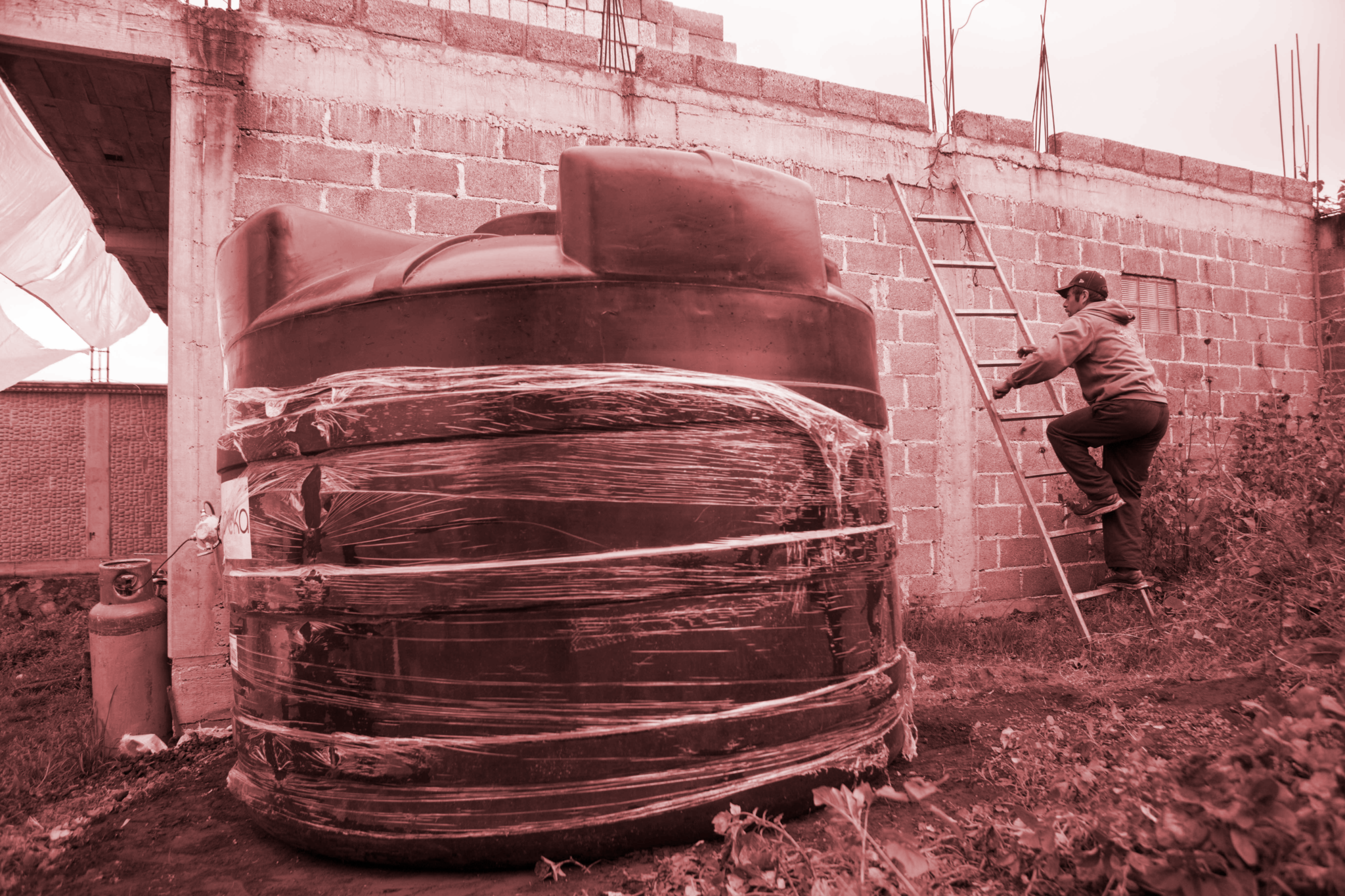
Other water-troubled parts of North America are pursuing similar solutions. In sprawling Mexico City, the design startup Isla Urbana has installed 8,000 catchment systems on houses in the poorest and most water-starved neighborhoods. The straightforward and effective idea, which gathers rainwater and filters it to safe levels of potability, caught the eye of scientist and politician Claudia Sheinbaum. Sheinbaum ended up winning the 2018 Mexico City mayoral election on a platform that included the widespread adaptation of rainwater catchment systems, among other things, as a solution to the city’s dire water crisis.
Brackish desalination
The vast majority of the water underground is brackish: too salty, and sometimes too contaminated with naturally occurring toxicants like arsenic for humans to consume. The freshwater pumped from underground aquifers for people to use is typically just the layer that sits on top of a seperate sea of brackish water; there is five to 10 times more brackish water than freshwater in any given aquifer system. Texas estimates that 880 trillion gallons of brackish water are sitting, untapped, in its aquifers. That’s enough to flood the entire state under 15.7 ft of water, or the entire Mexican border state of Chihuahua under 44 ft.
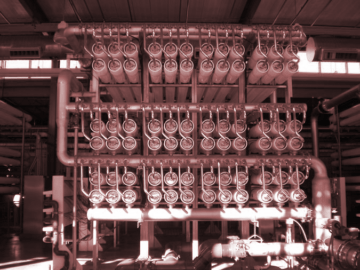
But what if we could use that brackish water? Just tapping into the brackish water under Texas would be enough to slake the thirst of the whole state for 150 years (at current consumption levels), according to a Texas State Comptroller report. If only it were that easy.
Treating brackish water is expensive, but it’s getting cheaper as the technology matures. In his work at the University of New Mexico, Hightower, the civil engineering professor, has been collecting data on desalination costs for decades. His research shows that in the US, starting in 2005, treating brackish groundwater from nearby sources has been less expensive on average than piping in fresh water from a remote source—especially if that source is 75 miles or more away, a common solution for arid places as their local supply of freshwater dwindles.

Texas is on it: the 2017 state water plan set a goal to turn 111,000 acre-feet of brackish groundwater a year into drinking water by 2070.
Toilet-to-tap
Water engineers politely call it “direct potable reuse.” Others call it “toilet-to-tap.” The United Nations calls it a massive untouched resource that could nudge society into a “circular economy,” where economic development is “balanced with the protection of natural resources…and where a cleaner and more sustainable economy has a positive effect on the water quality.”
In Singapore, an island nation lacking any freshwater resource big enough to sate its growing population (pdf), they’re a bit more direct: “Basically, you drink the water, you go to the toilet, you pee, and we collect it back and clean it,” George Madhavan, a director at Singapore’s public utility, told USA Today in 2015.
Since 2003, Singapore has been treating sewage to drinking-water standards. For now, most of that water is used for industrial purposes, but the volumes are impressive. About 40% of the nation’s total water needs are met by toilet-to-tap, significantly reducing the pressure on the rest of its freshwater sources—rainwater, desalinated seawater, and imports. In the last few years, the country started handing out bottles of the reclaimed water at events, to get its citizens used to the idea of drinking it directly. Singapore plans to squeeze a full 55% of its water supply from sewage by 2060. By then, they hope, drinking it will be the norm.
In Namibia, the driest country in sub-Saharan Africa, the capital city Windhoek has been doing “toilet-to-tap” for so long that several generations of residents don’t bat an eye at drinking the stuff. The city has been turning raw sewage into drinking water for 50 years. Windhoek has never had a single illness attributed to the reclaimed wastewater.
“Public confidence is that very, very fragile link that keeps the system going,” Pierre van Rensburg, Windhoek’s strategic executive for urban and transport planning, told the American Water Works Association, an international nonprofit, in 2017. “I think if there is ever one incident that could be linked back to the [direct potable reuse] plant, the public would lose all confidence.”
The science behind this isn’t new. In fact, a high-tech version of direct potable reuse has been used by American astronauts since humans first left Earth. In space, humans have no choice but to drink their own distilled urine. On the US side of the International Space Station, a high-tech water system collects astronauts’ urine, sweat, shower water, and even the condensate they breathe into the air, and then distills it all to drinking-water standards.
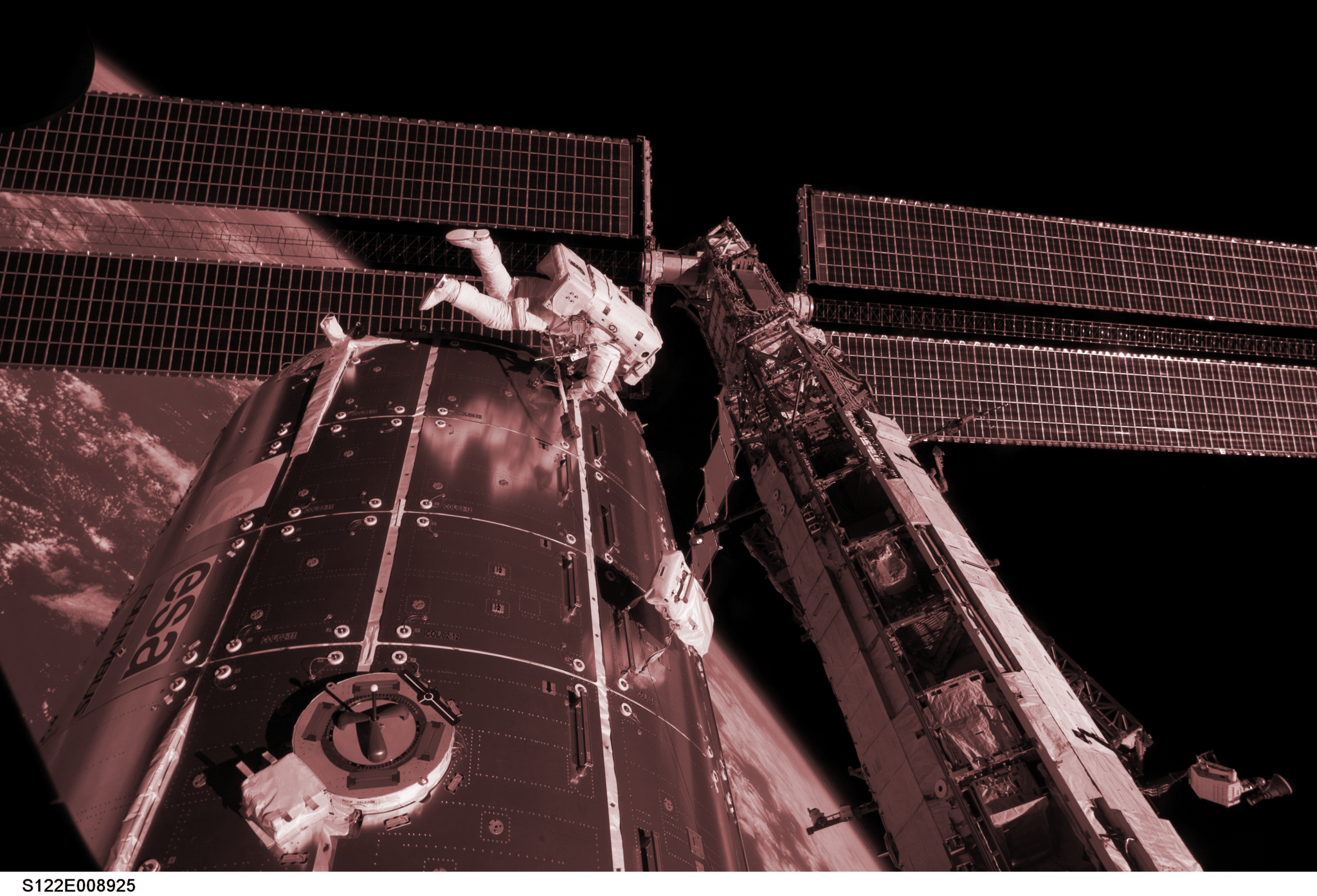
“It tastes like bottled water, as long as you can psychologically get past the point that it’s recycled urine and condensate,” Layne Carter, who manages the ISS’s water system out of the Marshall Flight Center in Alabama, told Bloomberg Businessweek (paywall) in 2015. The Russian astronauts, however, decline to include their urine in their water-purification system. So the US astronauts go over to the Russian side of the ISS and pick up their urine, bring it back over to the American side, and purify it. Water is precious, after all.
Back on Earth, the technology is more rudimentary. Whereas in space, urine is spun in a centrifuge-like system until water vapor emerges, is recondensed, then heated, oxidized, and laced with iodine, the process on Earth involves a combination of extracting waste through membrane filters and exposure to UV light to kill bacteria. (And in Namibia, they use waste-eating bacteria before zapping the microorganisms with UV.) To keep up with the ever-expanding number of chemicals and pharmaceuticals that show up in water, these water-reuse will have to keep evolving. Still, it’s proven technology, and cost-effective at scale.
Outside of a few examples, however, communities have been slow to adopt them as viable solutions to water scarcity, likely because of cultural stigma around drinking filtered sewage water. That’s slowly changing as rising temperatures, dwindling freshwater, and more frequent, more extreme droughts have cities looking around for options.
Big Spring, Texas (population: 28,000) has been piping recycled sewage water to its users since 2014. Now the border city of El Paso, which averages a scant 10 inches of rainfall per year—drier even than Windhoek—is gearing up to do the same, having just completed a pilot project required by Texas state officials before the system could be cleared as safe. The city hopes to bring a plant online within the next decade, scaling up Big Spring’s tech to support the nearly 700,000 people living in El Paso. It will cost roughly $100 million (pdf) and be the biggest of its kind in the country.
The fear, for any water utility, is the disgust factor. And water is a touchy thing; like the Namibia water manager said, trust is hard won and easily lost. But El Paso officials are starting to sigh breaths of relief: The last time they polled their users, in 2016, 89% of respondents said they were ready and willing to drink direct potable reuse water, according to the water utility. “We’re not resting on our laurels,” says Christina Montoya, El Paso Water’s communication manager. They’re gunning for 100% next time.
